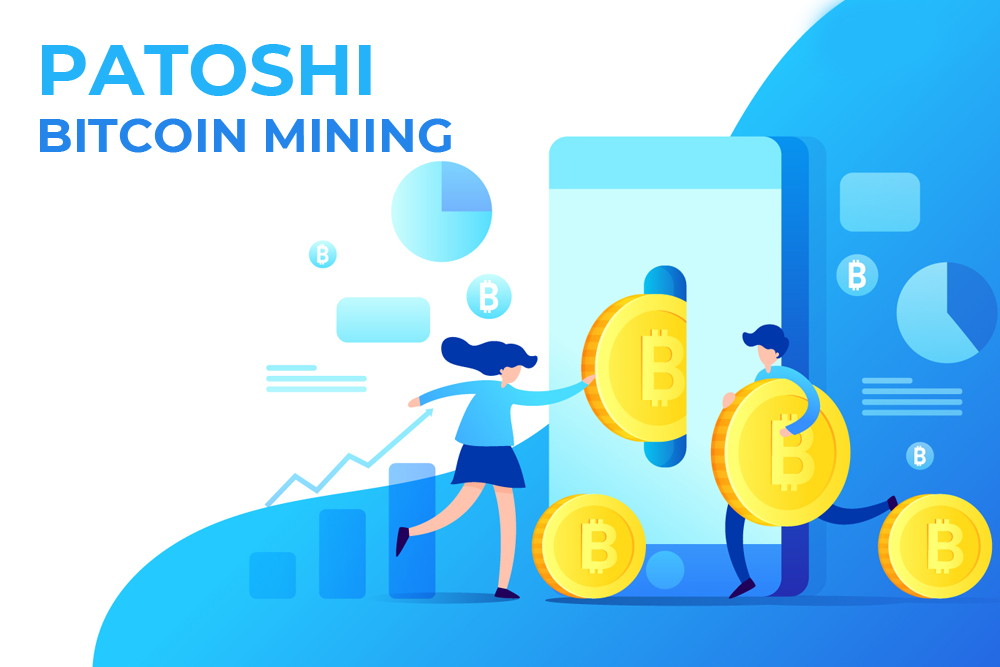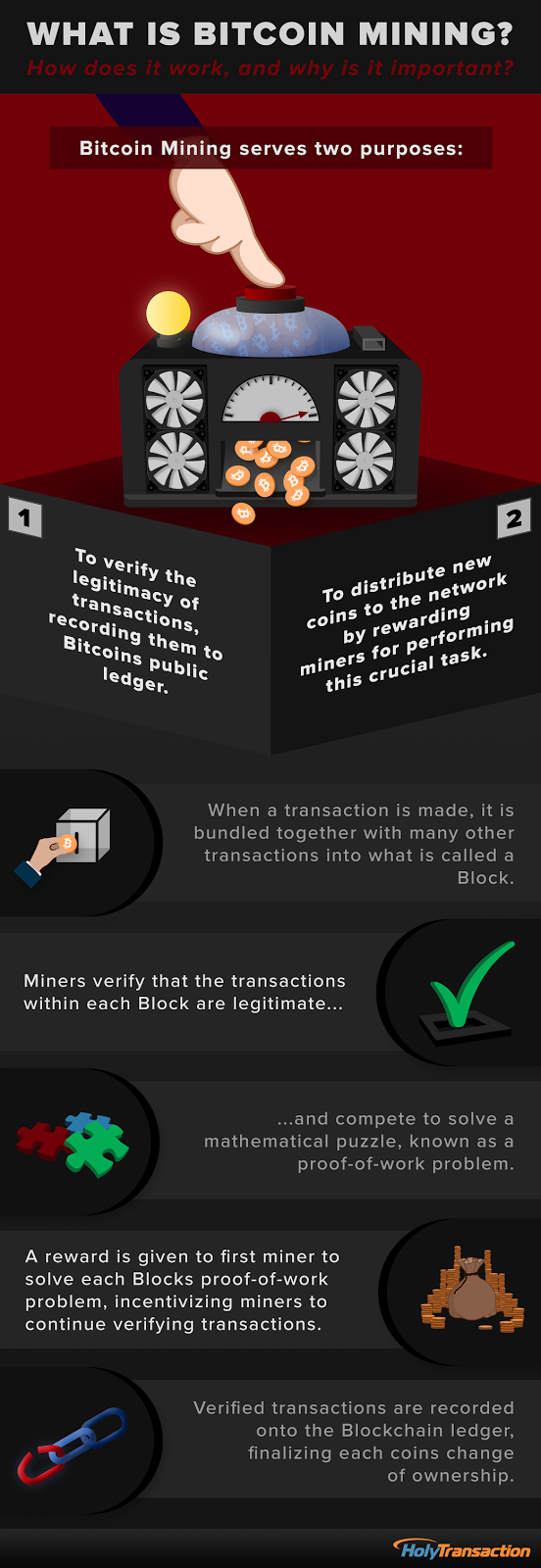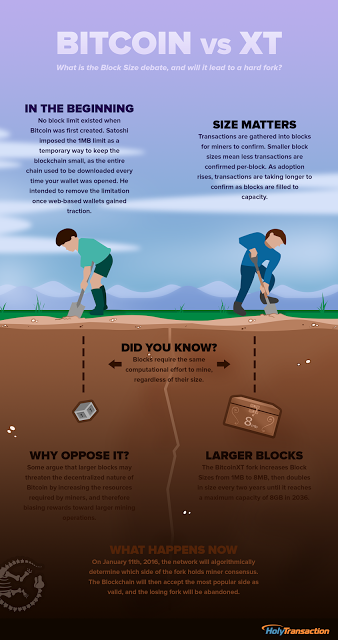

The debate about Bitcoin’s inventor, known as Satoshi Nakamoto but otherwise shrouded in mystery, has raged for years. As Bitcoin continues to rise in value, this unknown inventor is presumed to have become a very rich individual indeed. When Satoshi invented Bitcoin, was he driven to profit, mining and hoarding early Bitcoin aiming to accumulate great wealth?
In 2013 first Sergio Demian Lerner presented his research on the early mining patterns Satoshi is presumed to have taken, it revealed around 1 million BTC (now worth around $10bn) hoarded by the creator. For many who see Bitcoin as an anti-establishment currency with an equalizing power, to attribute such vast wealth to Bitcoin’s creator is anathema, undermining the main narrative around Bitcoin and Nakamoto’s original motives. If Nakamoto is as driven by capitalist economics as the nearest banker, is Bitcoin fundamentally different from traditional currencies after all?
Nakamoto’s defenders argued that these 1 million missing Bitcoin were simply forgotten by early miners, and the inventor himself had no such hoard. Indeed, even researching these Bitcoin was taboo. Yet Lerner was unsatisfied with this answer. That’s why he has spent the last seven years unravelling the mining techniques used to unearth these early Bitcoin. What these techniques reveal is that Satoshi (if that is who mined them, Lerner refers to this individual as “Patoshi” to emphasize that we can’t truly know) seems to have been protecting the security of the network rather than pursuing profit after all. The reputation of Bitcoin, and its mysterious inventor, remains intact.
Early Mining Techniques
In order to learn more about the missing Bitcoin – and the individual who mined them – Lerner decided to remine the first 18,000 Bitcoin blocks to see what it revealed. He assumed that these blocks would have been mined with software that was similar, if not identical, to that which came with the first Bitcoin release. This public code was how early miners set about Bitcoins first blocks. The “Patoshi” pattern of how these Bitcoin were mined could ultimately reveal something about the motives of Bitcoin’s inventor, assuming Nakamoto and Patoshi are one and the same.
Through remining these early blocks, Lerner came to a startling discovery. Patoshi’s software was in fact nothing like the software being used by other early Bitcoin miners. Was this Nakamoto giving himself a leg up in the early gold rush of Bitcoin mining? The difference in the mining patterns of the public software and Patoshi’s processes became the keystone of Lerner’s research. Two theories stood out. Firstly, that Patoshi was using an early version of today’s pooled mining processes by combining multiple CPUs. The second theory – seemingly borne out in Lerner’s research – is that Patoshi was multi-threading.
Patoshi’s Multi-Threading
Multi-threading is a hashing technique using intensive computer processing to sweep for multiple nonces (the cryptographic element that Bitcoin miners are searching for) at once, rather than on an individual basis. By rescanning the early blocks, Lerner was able to assess which nonces Patoshi discovered, thus revealing the patterns by which Bitcoin’s inventor was mining blocks. Ultimately, Lerner has demonstrated that Patoshi/Nakamoto was generally finding higher-value nonces thanks to the multi-threading technique, and not because they had superior processing power, but because they had a better process for using their CPU.
Ideology Before Profit
Lerner’s meticulous analysis of the early mining patterns attributed to Bitcoin’s founder reveal that each time Patoshi mined a new block, his miner was turned off for a short interval. If Nakamoto was driven by profit, this is contradictory behaviour as it gives the rest of the community an opportunity to unearth new blocks. Lerner posits that Nakamoto wanted to see fair competition amongst early miners, and distribute Bitcoin equally at the start of the network.
At the same time, Patoshi’s multi-threading would have allowed them to uncover new blocks when they were not being mined by other early users, thus enabling the network to continue ticking over. These patterns have led Lerner to argue forcefully that the security of the network – and not profit – was Nakamoto’s motivation for their early mining patterns.
Still Unknown
It remains an assumption that Patoshi and Nakamoto are one and the same, and the identity of this individual is still unknown. But Lerner’s research strongly indicates that profit was not an early motivator of the Patoshi pattern.
Kristin Herman is a tech enthusiast and a project manager at Essayroo.com and Boomessays.com online writing services. When she takes a break from the screen she likes to curl up with a good book, albeit one about cryptotrends and digital landscapes!
Open your free digital wallet here to store your cryptocurrencies in a safe place.

The most popular Bitcoin developer Gavin Andresen published a post where he explained he is convinced by the Wright’s announcement.
He wrote:
Everyone is talking about this shocking news on Twitter. In fact, Craigh Wright quickly became a worldwide trend.
In the latest hours, we found that probably the Andreseen’s account is been hacked so he never wrote the post where he confirmed the Satoshi Nakamoto identity.
Also, the signature Craig used to prove his Bitcoin invention is a fake.
Peter Todd
This article has been updated on May 2, 2016 3:45 CEST.
Open your free digital wallet here to store your cryptocurrencies in a safe place.

Open your free digital wallet here to store your cryptocurrencies in a safe place.

Open your free digital wallet here to store your cryptocurrencies in a safe place.

Open your free digital wallet here to store your cryptocurrencies in a safe place.
Paypal froze $215K in encrypted email startup, @ProtonMail‘s account over “government approval to encrypt emails”? https://t.co/VoqpHSTrEE
— lilia (@liliakai) July 1, 2014
Open your free digital wallet here to store your cryptocurrencies in a safe place.